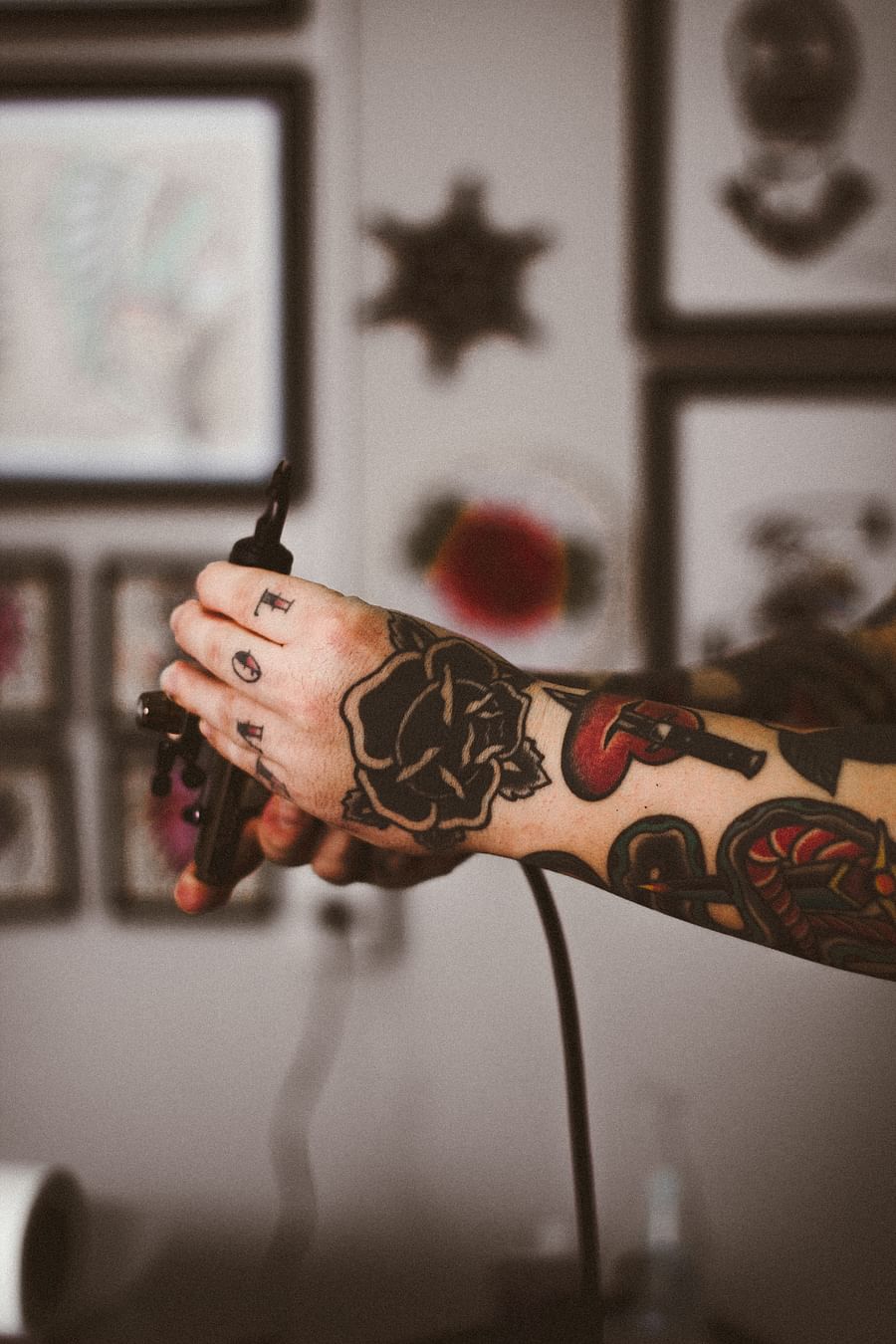The Art Of Tattooing With A Rotary Machine: A Comprehensive Guide
The Art of Tattooing with a Rotary Machine: A Comprehensive Guide
With eagerness, we set the stage to discover the compelling theme surrounding The Art of Tattooing with a Rotary Machine: A Comprehensive Guide. We aim to share meaningful data and bring fresh interpretations to the table.
Video about The Art of Tattooing with a Rotary Machine: A Comprehensive Guide
The Art of Tattooing with a Rotary Machine: A Comprehensive Guide

Tattooing has been a long-standing art form that has evolved significantly over the years. From traditional hand-poked tattoos to modern electric machines, the industry has witnessed a tremendous transformation. One of the most popular tattoo machines used today is the rotary machine. In this article, we will explore the art of tattooing with a rotary machine, its history, benefits, types, and how it has revolutionized the tattoo industry.
History of Rotary Machines
The rotary machine was first introduced in the 1970s by an American tattoo artist, Tom Riley. Riley, a pioneer in tattoo machine design, created the first rotary machine using an electric motor and a cam system. This innovative design allowed tattoo artists to achieve smooth, steady lines and consistent color application. Over the years, the rotary machine has undergone numerous modifications and improvements, making it the preferred choice of many tattoo artists worldwide.
Benefits of Rotary Machines
Rotary machines offer numerous benefits that have contributed to their widespread adoption in the tattoo industry. Some of the key advantages include:
- Smoothness and Consistency: Rotary machines provide a smooth, consistent motion that allows for precise line work and color application.
- Less Vibration: Unlike traditional coil machines, rotary machines produce less vibration, making it easier for tattoo artists to control the needle movement.
- Increased Speed: Rotary machines operate at higher speeds than coil machines, allowing artists to complete designs faster and more efficiently.
- Improved Ink Flow: The cam system in rotary machines enables smooth ink flow, reducing the risk of clogged needles and uneven color distribution.
- Modularity: Rotary machines are highly customizable, allowing artists to change needle cartridges and adjust machine settings to suit their preferences.
Types of Rotary Machines
There are various types of rotary machines available in the market, each catering to different tattooing techniques and artist preferences. Some of the most popular types of rotary machines include:
- Swash drive machines: These machines use a swash plate to drive the motor, providing a smooth, consistent motion.
- Cam drive machines: Cam drive machines use a cam system to rotate the needle, offering precise control over needle movement.
- Direct drive machines: Direct drive machines use a motor to directly drive the needle, eliminating the need for a cam system.
- Linestyle machines: Linestyle machines are designed specifically for line work, offering precise control and smooth lines.
Key Components of a Rotary Machine
A rotary machine consists of several key components, each playing a crucial role in the tattooing process. Some of the main components include:
- Motor: The motor provides the power needed to drive the needle.
- Cam system: The cam system is responsible for converting the motor’s rotary motion into linear motion.
- Needle cartridge: The needle cartridge holds the tattoo needle in place and allows for easy cartridge changes.
- Drive system: The drive system connects the motor to the cam system, transferring the motor’s power to the needle.
- Dial and controls: The dial and controls allow artists to adjust machine settings, such as needle depth and stroke length.
Closure
Thus, we hope this article has been helpful in understanding The Art of Tattooing with a Rotary Machine: A Comprehensive Guide. We thank you for your time and attention. Catch you in the next article!.
